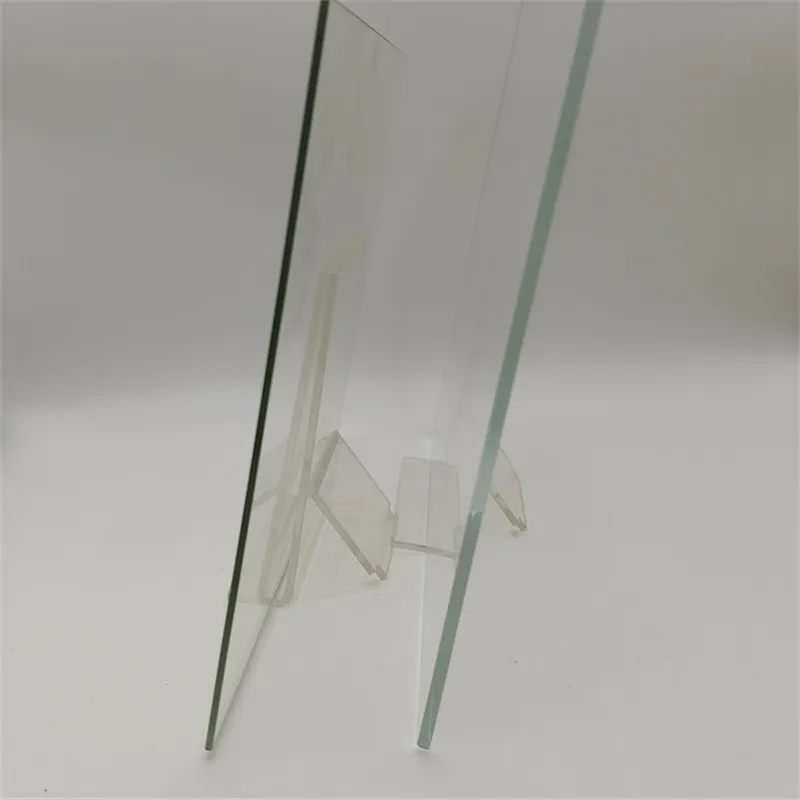Jan . 10, 2025 09:10 Back to list
Float Glass
Float flat glass is a marvel of modern industry, offering unparalleled versatility and vital applications across numerous sectors. As a product, its production and characteristics stand out, making it a foundational element in construction, automotive, and interior design. This article explores why float flat glass commands an essential place in the industrial world, underscoring its value through real-world applications and expert insights.
User experience with float flat glass is another testament to its remarkable characteristics. The adaptability of this glass in interior design is profound; from minimalist modern spaces to ornate traditional settings, float flat glass complements any style. Interior designers favor it for features such as glass partitions, balustrades, and even custom furniture. The ability to customize its color, shape, and finish further enhances its applicability, catering to bespoke requirements of different projects. In energy efficiency, float flat glass plays a pivotal role. Buildings utilizing this glass type benefit from natural light while minimizing heat loss, which significantly reduces heating and cooling costs. This attribute is increasingly relevant as industries push for greener building solutions. The synergy between sustainability goals and the use of technologically advanced float flat glass positions it as a preferred material in eco-conscious construction. The market offers various innovations, such as smart glass, which adjusts its transparency based on external stimuli, and photovoltaic glass, generating electricity from sunlight. These advancements not only enrich the functionality of float flat glass but also highlight its versatility in adapting to future technological demands. In conclusion, float flat glass remains a cornerstone product within both traditional and modern industrial practices. Its combination of strength, clarity, adaptability, and energy efficiency makes it indispensable. With continued advancements and applications, the reliability and innovation of float flat glass will undoubtedly maintain its esteemed status in the industry, propelling sectors into future challenges and opportunities.


User experience with float flat glass is another testament to its remarkable characteristics. The adaptability of this glass in interior design is profound; from minimalist modern spaces to ornate traditional settings, float flat glass complements any style. Interior designers favor it for features such as glass partitions, balustrades, and even custom furniture. The ability to customize its color, shape, and finish further enhances its applicability, catering to bespoke requirements of different projects. In energy efficiency, float flat glass plays a pivotal role. Buildings utilizing this glass type benefit from natural light while minimizing heat loss, which significantly reduces heating and cooling costs. This attribute is increasingly relevant as industries push for greener building solutions. The synergy between sustainability goals and the use of technologically advanced float flat glass positions it as a preferred material in eco-conscious construction. The market offers various innovations, such as smart glass, which adjusts its transparency based on external stimuli, and photovoltaic glass, generating electricity from sunlight. These advancements not only enrich the functionality of float flat glass but also highlight its versatility in adapting to future technological demands. In conclusion, float flat glass remains a cornerstone product within both traditional and modern industrial practices. Its combination of strength, clarity, adaptability, and energy efficiency makes it indispensable. With continued advancements and applications, the reliability and innovation of float flat glass will undoubtedly maintain its esteemed status in the industry, propelling sectors into future challenges and opportunities.
Next:
Latest news
-
Safety and Style with Premium Laminated Glass Solutions
NewsJun.24,2025
-
Reinvents Security with Premium Wired Glass
NewsJun.24,2025
-
Premium Float Glass Line for Modern Architecture
NewsJun.24,2025
-
Low Emissivity Glass for Energy-Efficient Architecture
NewsJun.24,2025
-
High-Performance Insulated Glass Solutions for Modern Architecture
NewsJun.24,2025
-
Elevates Interior Style with Premium Silver Mirror
NewsJun.24,2025
Related PRODUCTS














